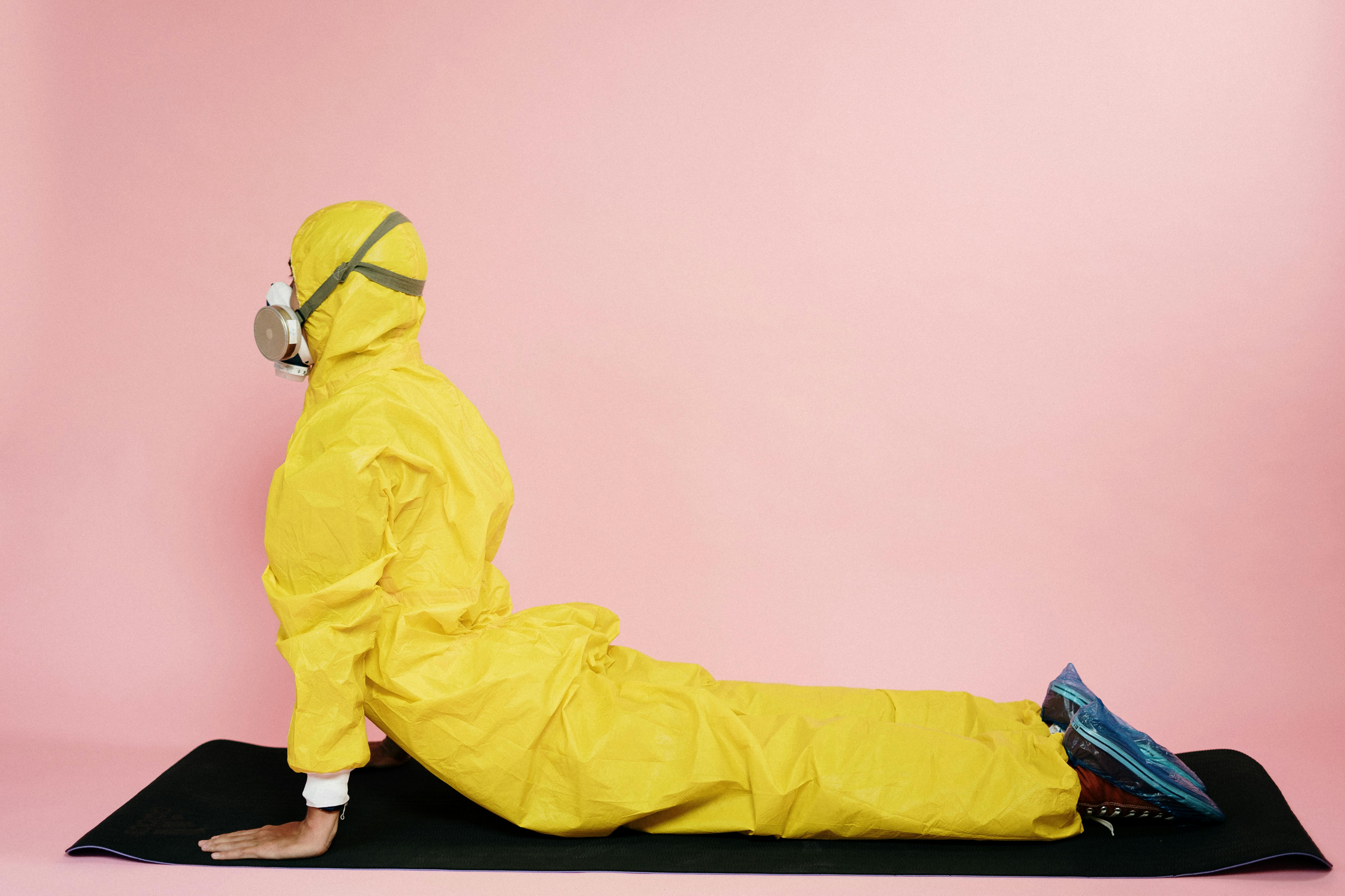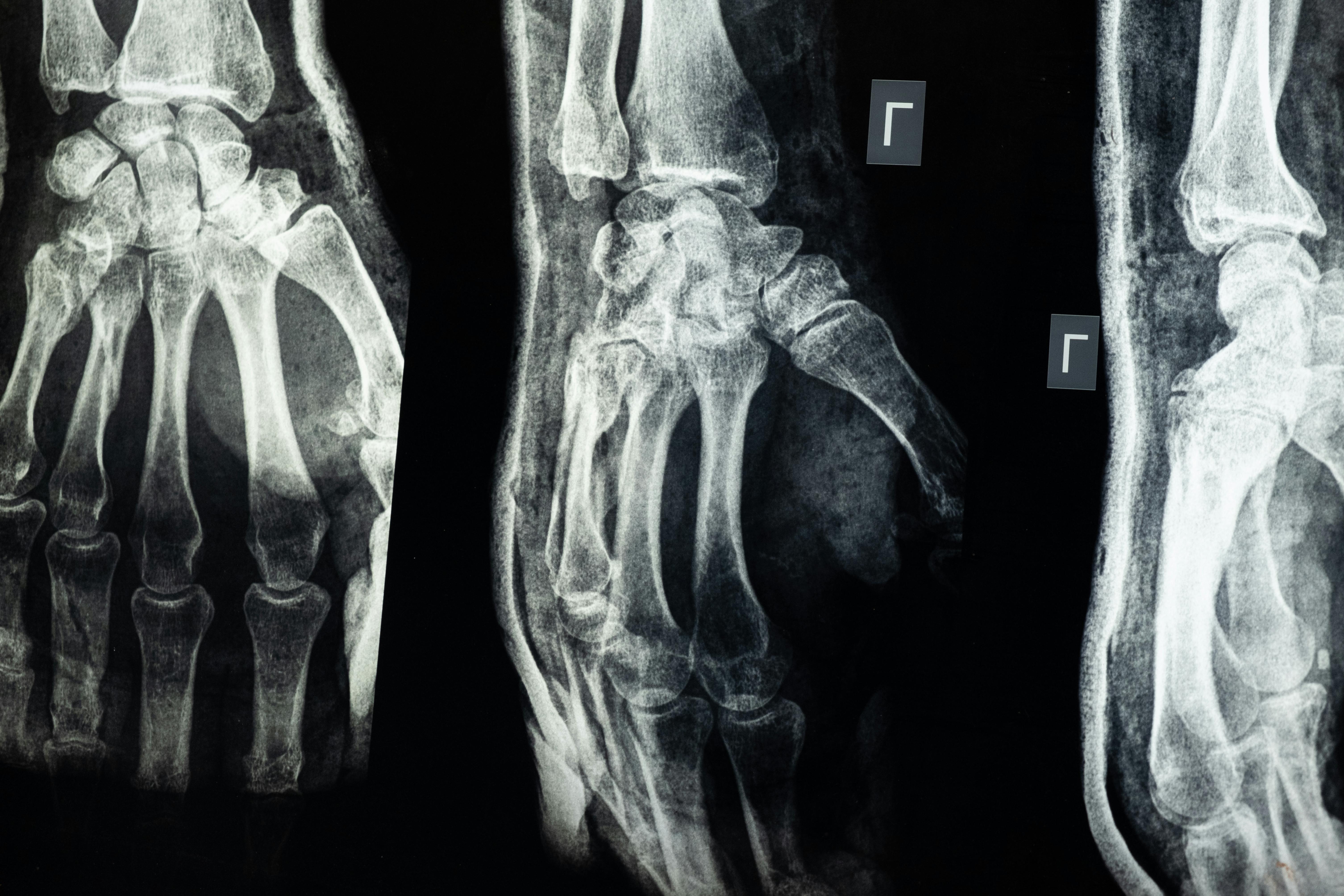Tight, inflexible hamstrings get a lot of attention as a cause of low back pain, but weak hamstrings can also be the source. The hamstring is actually a set of three muscles that run from the pelvis to the knee on the back of the thigh. These muscles are used to help flex the knee behind the midline of the body while extending the hip, such as when running or walking. The pool also helps keep the knee aligned.
Tight quads and weak hamstrings are a common muscle imbalance. We tend to use our quadriceps more in everyday life, and many popular gym exercises emphasize isolated quadriceps development. There are two main ways that weak hamstrings can cause back pain.
1. Biomechanics
The hamstrings work with the quadriceps to stabilize movements of the knee and pelvis. This requires that the muscles be equal in strength, length, and flexibility. If the hamstrings are weaker than the quadriceps, then the pulley system formed by the muscles is disrupted. The shorter, tighter quads will pull down over the pelvis in front and up over the knee, as the hamstrings are too weak to exert a counterbalancing pull.
When the pelvis is pushed down, the lower back arches inward. This is called hyperextension of the lumbar spine. Tight hip flexors and erector spinae muscles in the lower back often accompany weak hamstrings due to this postural change. As the vertebral angles change in the spine, the pressure placed on the back of the spinal discs increases, which can lead to premature wear, bulging, or herniation of the disc. These disc changes can cause sciatica.
2. Fatigue
Weak hamstrings can quickly turn into tight hamstrings. Weak muscles tire quickly due to their lack of strength, and tired muscles contract to protect themselves from further use. This powerful tightening of the muscle creates a situation conducive to tension; the quadriceps kick in before the hamstrings have recovered and lengthened. It can result in a pulled, sprained, or torn hamstring.
When the hamstring is injured, the body will naturally compensate by using other nearby muscles to do the work that the hamstrings normally do. The muscles of the lower back can be brought into action when the leg is moved, although this action is beyond the scope of their natural duties. The muscles in the back and hips that compensate for the hamstrings can be sore and tight.
Signs of hamstring weakness
There are some symptoms that point to the hamstrings as the cause of back pain. If your hamstrings are weaker than your quads, you may notice that your glutes stick out and you have an exaggerated lower back arch.
If you have localized hamstring pain and lower back pain, then a strained hamstring is indicated.
Another sign of a quadriceps/hamstring imbalance is a popping or popping sound in the knee when it is bent or straight.
Prevention and Treatment
Hamstring weakness and injuries can be prevented by following an exercise regimen that includes both strengthening and stretching of the muscle group, balanced with strengthening and stretching of the quadriceps. See http://www.youtube.com/watch?v=QGTcgPVexrI for a series of exercises for the hamstrings. See 4 hamstring stretches at http://physicaltherapy.about.com/od/flexibilityexercises/a/hamstingstretch.htm.
Treatment of a well-established muscle imbalance requires a combination of myofascial release and targeted exercise. If your quads have been chronically tight, you will need to force them to relax and re-lengthen them. Foam rolling at home or myofascial release done by a professional can accomplish this. Once the quadriceps have regained elasticity, the hamstrings can be developed.
A strained hamstring can usually be resolved with a short period of rest and ice. The above steps will need to be taken in addition to rest and ice to prevent reinjury if a muscle imbalance is responsible for the strain.
It is important to understand that weak hamstrings can be the cause of back pain and hamstring strain. Keeping your body in balance will help resolve lower back pain.









